New paths to external collaboration in NPD projects
llistat de metadades
Autor/a
Director/a
Marimon Viadiu, Frederic
Codirector/a
Zarco, Hugo
Fecha de defensa
2019-06-13
Páginas
179 p.
Departamento/Instituto
Universitat Internacional de Catalunya. Departament d'Economia i Organització d'Empreses
Resumen
According to the strategic management, open innovation, and project management literatures, the notion that SMEs can enhance their innovation ability by developing knowledge resources has become important for achieving competitive advantage and long-term survival. Building upon theoretical work on the resource-based view, contingency theory and open innovation literature, this research examines how project complexity contribute to implementation of open innovation practices and involving external knowledge sources in different phases of new product development (NPD). The conceptual model was developed and aims to answer three important questions. RQ1: How complexity contributes in strategic decision for external collaboration in NPD process? RQ2: How external collaboration can improve internal capabilities and reduce the level of project complexity? RQ3: How collaboration with external knowledge source can improve new product performance? This study examines the four open innovation practices: Partnership, Seller/ Buyer agreement, Community and platform, and four knowledge resources: Suppliers, Customers, Universities and Competitors that impact a firm’s innovation process and affects the project performance. The model is tested with data collected from 125 new product development projects in 85 Spanish low knowledge intensive SMEs. The empirical result shows that project complexity contributed to the development of open innovation practices in new product development projects. The result specified that partnership as the dominant mode of open innovation practices will implements in different phases of the projects to reduces the level of project complexity and improve absorptive capacities of the companies. The results also found that to achieve different dimensions of the project performance, the companies have to use different configurational paths to involve external knowledge sources in each phase of NPD projects. Therefore, these findings conclude that implementing open innovation practices and involving external knowledge sources in innovation process, does not follow the same path, where project complexity, internal absorptive capacity and phases of the projects are the factors which make difference in this configurational models. This research has noteworthy implications for both researchers and practitioners by (1) Developing an integrated framework of project complexity in open innovation context. (2) Providing guidelines for low knowledge intensive SME’s in developing open innovation practices in their NPD projects. (3) The open innovation literature needs to consider empirically how knowledge resources involved in different phases of projects and enhance the project performance. (3) Indicating that the configuration of the different knowledge resources in different phases of NPD projects, leads to the different dimensions of the project performance (Speed, Cost, Market and product novelty) for SME in the low- technology industry. Limitations in current research may create avenues for future research in terms of number of companies, methodologies, open innovation modes, innovation types and time.
Palabras clave
Open innovation; New product development; Absorptive capacity; Qca
Materias
65 - Gestión y organización. Administración y dirección de empresas. Publicidad. Relaciones públicas. Medios de comunicación de masas



